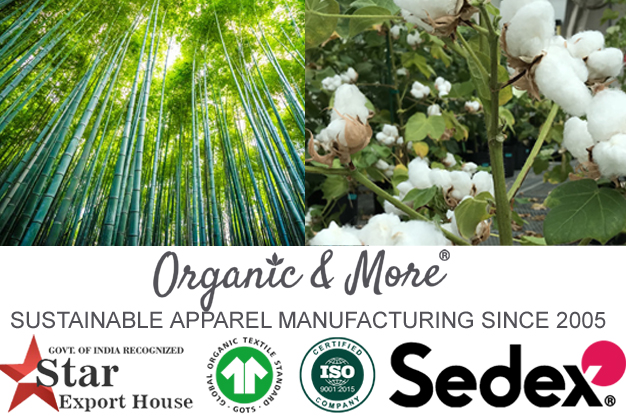Rather than say that bamboo is more environmental than cotton or vice versa, it’s maybe a better idea to look at the particular areas that you’re rising crops in. Obtaining plants from areas that have a temperature close to what said crop’s native atmosphere is can be a superb way to reduce your influence on the atmosphere. In many cases, bamboo has supported to be the more resistant crop and that means it doesn’t need anywhere near as much water or kindness to grow.
Nonetheless, in some areas cotton might really win out. When we put self-possessed eco-friendly clothing for clients, we constantly do our best to source our crops from anywhere that they’re not going to suffer from some kind of condition that will need farmers to use insecticides or other risky chemicals to support them.
Developing Cotton And Bamboo Sustainably
Pest control is truly one of the big areas where bamboo has regularly won out. Part of the reason is that these harvests aren’t as cheerfully attacked by weevils and other pests that might eat flax or cotton crops. Bamboo is a fairly hardy plant. Actually, it’s been grown and dried for use as support in certain parts of the world.
Bamboo raises very fast and tolerates minimal land, which has made it an outstanding choice for those working to confiscate carbon from the atmosphere and plant new progress forests. It’s a natural complex material, which makes it a gorgeous choice for those who need to mix different kinds of fibers.
This makes bamboo a better select in a number of altered consequences. It’s so easy to raise that it requires fairly few tools to support it, which makes it spontaneously better for the atmosphere in fairly a few cases. It’s even resistant to harm produced by weeds, which allows most agriculturalists who support bamboo to do so with only manual weeding methods and no dangerous chemicals.
On the other hand, it’s stress-free for agriculturalists to plant huge mono-cultures of bamboo, which isn’t a good idea. Crop alternation can include organic cotton, which can then be colored with organic composites as opposed to harsh compound ones. Organic clothing manufacture regularly includes other fabrics too. By fraternization different types of threads together and selecting the right fabric for the right project, you can confirm that your clothing is continually the best select both for the atmosphere as well as for your buyer or purchaser.



Recent Comments